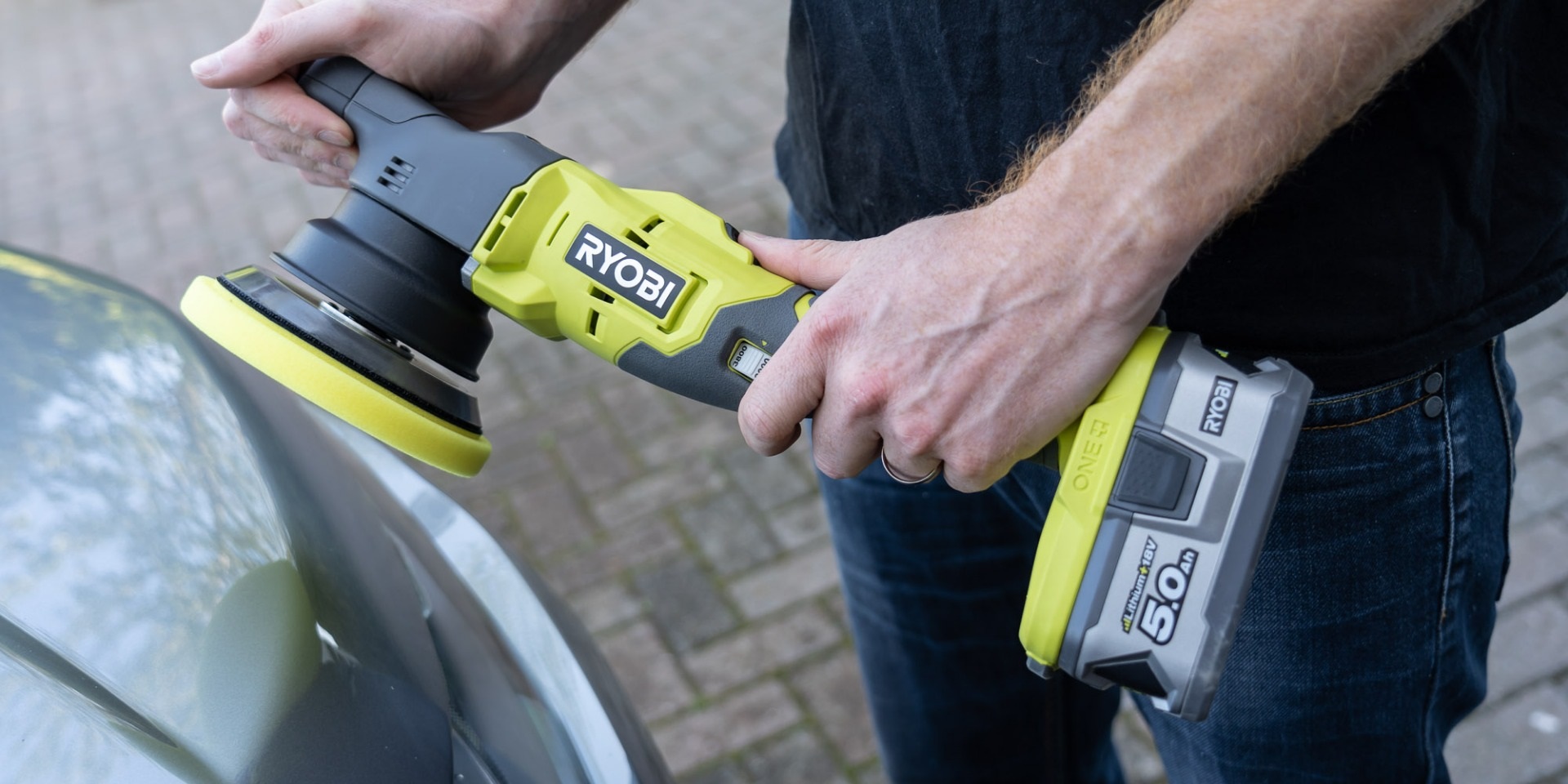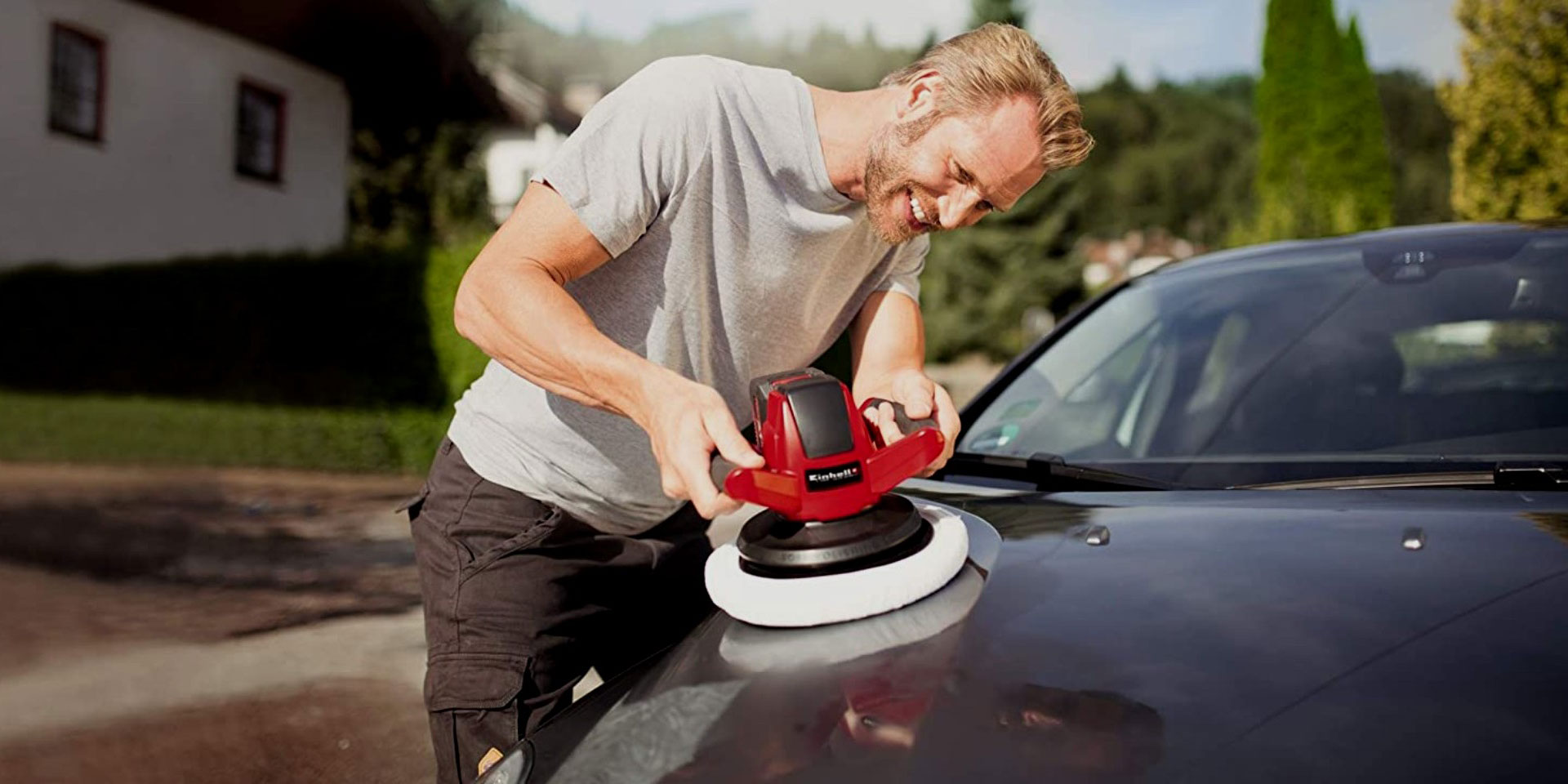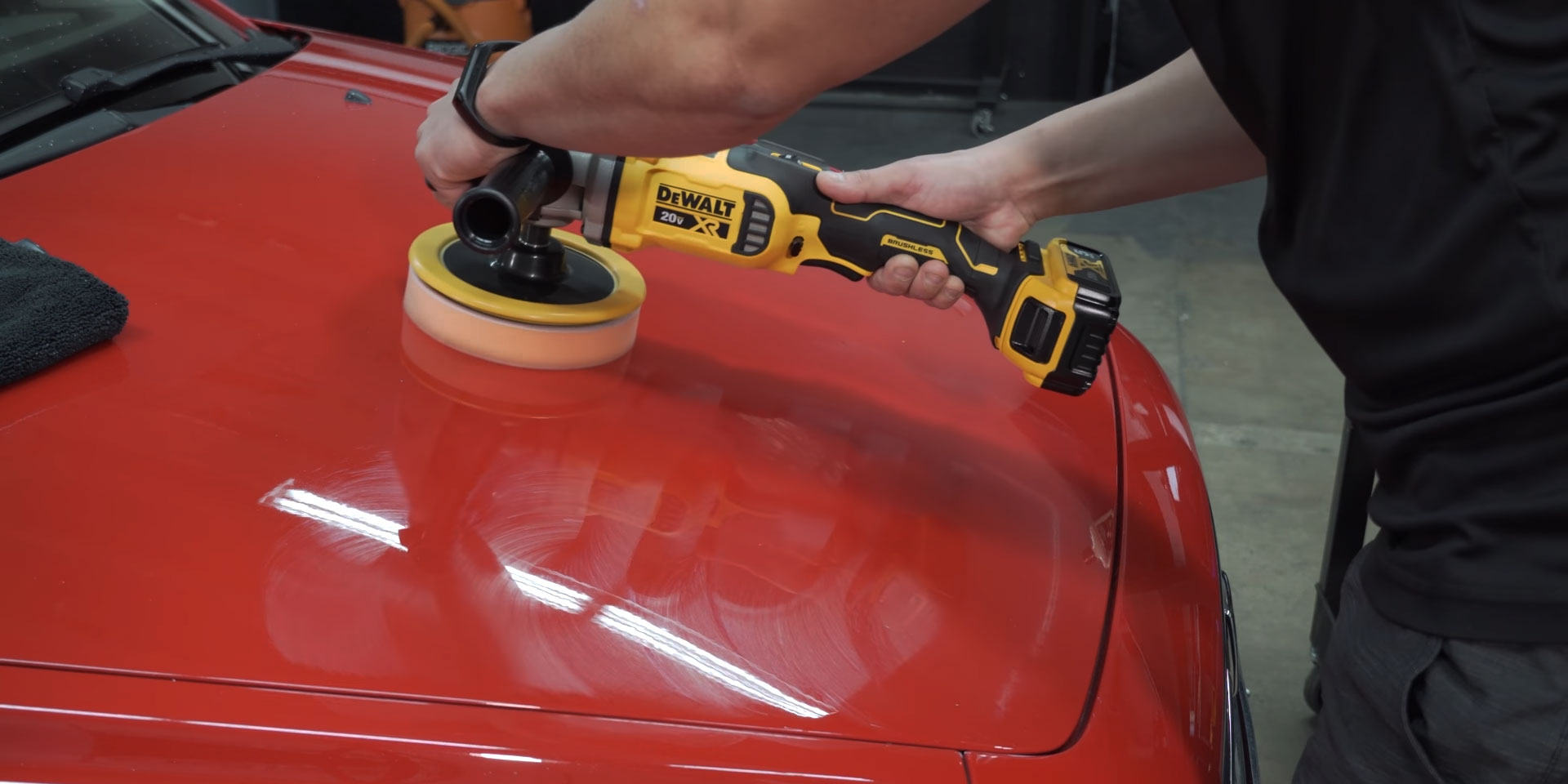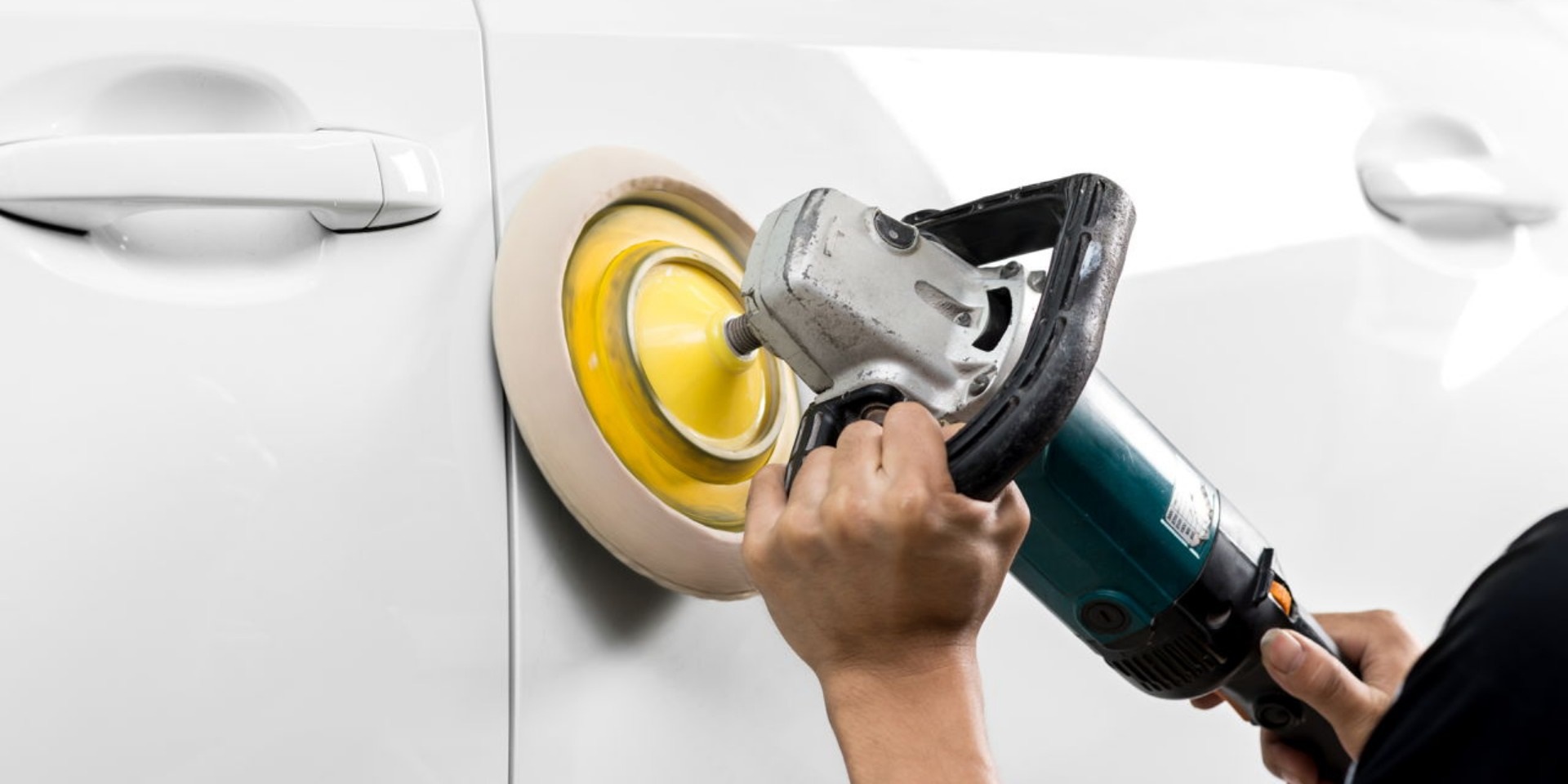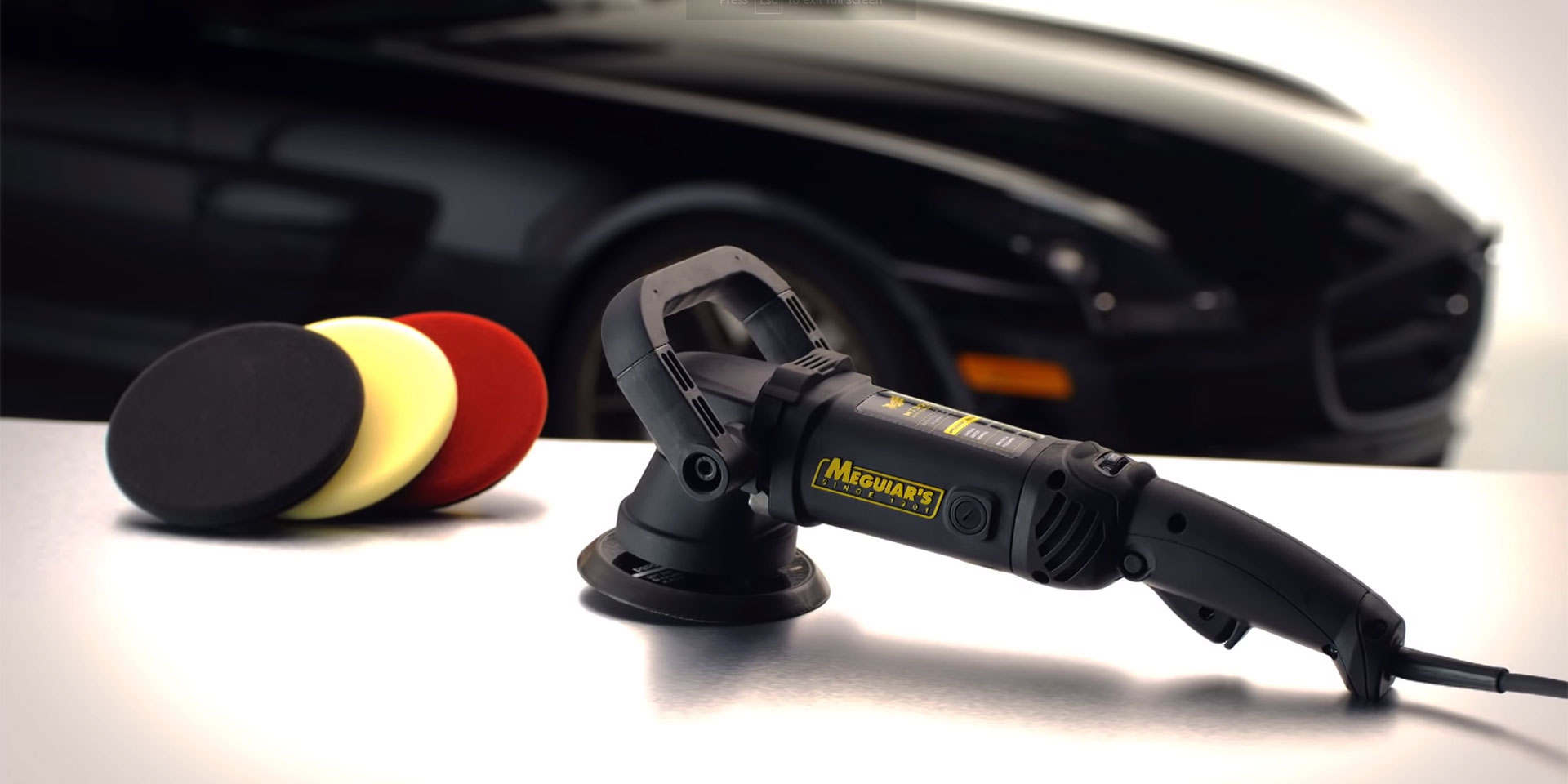Specialists recommend changing the pad on your dual action polisher when it starts to wear and you see a hazy build-up in the pad surface.
Polishers
What Is The Difference Between Car Buffer And Polisher?
When you’re looking to get your car looking its best, it’s important to know how to use various tools. For example, many professionals and ordinary car enthusiasts use car polishers and buffers for bodywork.
Best Cordless Car Polisher Reviews
Amateurs and professionals have different ways to keep their cars in their original condition. But car care is much more difficult than it seems, especially manually. Therefore, it is needed for them to be armed with the finest mechanical tools at hand.
Can I Use a Random Orbital Sander as a Polisher?
There is a debate about whether to use a random orbital sander as a polisher or not; there are two sides to this debate; one side claims that it works great, and the other side proclaims that it doesn’t work at all! So what should I believe?
What RPM Should You Buff a Car?
When we think about car polishing, the first thing that comes to mind is: How fast should I polish my car? This topic has been debated for many years and will likely continue to be discussed for several more. Some believe that using higher speeds (between 1000-1500 RPM) results in safer polishing than slower speeds (below 1000 RPM), while others hold precisely the opposite opinion.
Best Dual Action Car Polisher
Do you need to remove swirls and scratches on your car, wax it, or polish away the oxidation? Then, you should look for the best dual action polisher to cope with all these tasks. This tool is also known as a DA polisher. It’s a must in the toolkit of any car owner.

